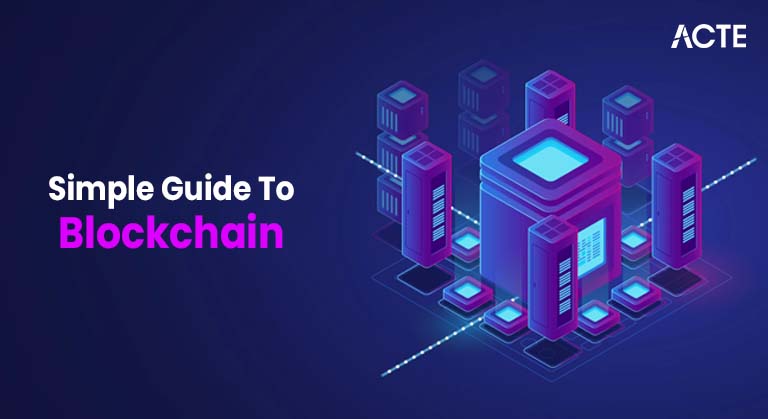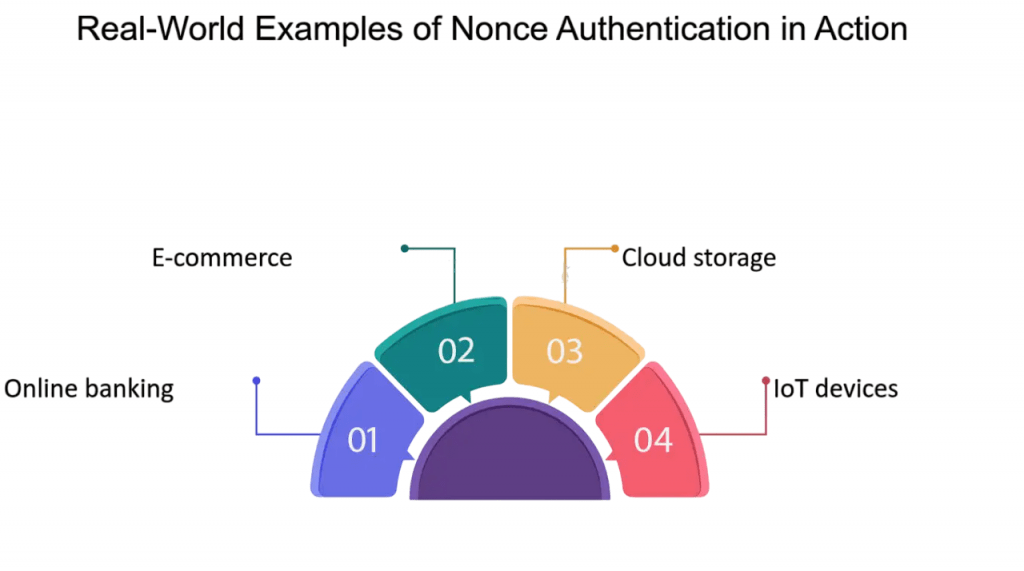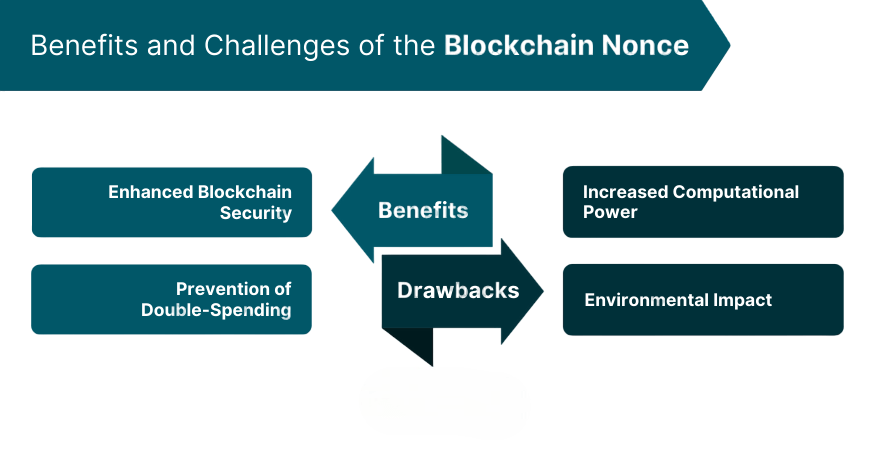
- Introduction to Nonce
- What is a Nonce in Blockchain?
- The Role of Nonce in Mining
- How Nonce Affects Blockchain Security
- Nonce in Different Consensus Mechanisms
- Real World Example
- Challenges and Considerations
- The Future of Nonce
- Conclusion
Introduction to Nonce
Blockchain technology powers cryptocurrencies like Bitcoin and Ethereum, enabling decentralized, secure, and transparent transactions without intermediaries. At the core of this technology lies a cryptographic puzzle that miners solve to add new blocks to the blockchain nonce explained, ensuring network security and integrity. A key concept involved in this puzzle is the nonce, a seemingly simple term with a critical role in maintaining blockchain’s trustworthiness. Despite its technical nature, understanding what a nonce is and how it functions is fundamental to grasping how blockchain nonce explained like Bitcoin achieve decentralization and security.
Are You Interested in Learning More About Database? Sign Up For Our Database Online Training Today!
What is a Nonce in Blockchain?
The word nonce stands for “number used once.” In blockchain nonce explained, a nonce is a random or semi-random number that miners adjust and combine with other block data to produce a hash that meets certain criteria. Specifically, in Proof of Work (PoW) systems, the goal is to find a nonce that, when hashed together with the block’s data, generates a hash value below a target threshold (usually a certain number of leading zeros). This process is known as hashing, and the difficulty of finding the correct nonce keeps the network secure by making mining computationally expensive.
The Role of Nonce in Mining
Mining is the process by which transactions are validated and added to the blockchain. It involves finding a hash value that meets the network’s difficulty requirement, a cryptographic challenge that requires massive computational power.
How Nonce Works in Mining:
- Miners collect transactions and package them into a candidate block.
- They append a nonce to the block’s header.
- The entire block header (including the nonce) is hashed using a cryptographic hash function (e.g., SHA-256 in Bitcoin).
- If the hash meets the target difficulty (e.g., hash begins with a specified number of zeros), the block is accepted.
- If not, the miner changes the nonce and tries again.
Since hash functions produce seemingly random outputs, miners must try trillions of nonce values to find a valid hash, making mining a lottery-like, probabilistic process.
To Explore Database in Depth, Check Out Our Comprehensive Database Online Training To Gain Insights From Our Experts!
How Nonce Affects Blockchain Security
Nonce is crucial to blockchain security for several reasons:
Proof of Work Difficulty
The need to find a valid nonce enforces the computational difficulty that secures the network against attacks, such as double-spending or 51% attacks.
Immutability
Because each block’s hash depends on the nonce and the previous block’s hash, altering any transaction retroactively changes the hash. Finding a new valid nonce to match the altered block requires re-mining all subsequent blocks, which is prohibitively expensive.
Fairness and Decentralization
The nonce-based PoW mechanism ensures that no single miner can easily dominate the network, promoting fairness.
Nonce in Different Consensus Mechanisms
While nonce is fundamental in Proof of Work blockchain nonce explained, and nonce blockchain example, its role differs or is absent in other consensus mechanisms: The type of consensus mechanism used determines the nonce in blockchain meaning. Since block validation in Proof of Stake (PoS) does not depend on mining or figuring out cryptographic puzzles, a nonce is typically not needed. The nonce plays a very minor role because validators are chosen according to the quantity of cryptocurrency they stake. Block creators are pre-selected in Delegated Proof of Stake (DPoS), which further minimizes the usage of nonces by achieving consensus through voting and delegation. Nonces are no longer essential, but they can still be used to guarantee security or uniqueness in some hybrid systems or for particular cryptographic tasks. Knowing the nonce in blockchain meaning makes it easier to discern how different blockchain protocols approach block creation and security.
Real-World Example
Bitcoin is the most prominent blockchain that uses nonce extensively. The mining process for Bitcoin is a prime nonce blockchain example. Miners continuously modify the 32-bit nonce field, which ranges from 0 to 4,294,967,295 and is present in every Bitcoin block header.

Finding a hash value that satisfies the network’s difficulty target is the aim. Miners adjust other elements of the block header, like the timestamp or the Merkle root, and start over if they are unsuccessful in trying every nonce value. This illustration shows how the nonce is essential to reaching a consensus using Proof of Work. This process can take from seconds to weeks, depending on the network difficulty and computational power available.
Challenges and Considerations Around Nonce
Computational Waste
Mining requires enormous computational resources and electricity, often criticized for its environmental impact.
Nonce Space Exhaustion
With a fixed nonce size, miners must adjust other parameters if nonce values run out.

Centralization Risks
Specialized mining hardware (ASICs) optimized for hashing can lead to mining centralization.
Scalability Issues
Proof of Work’s nonce-based mining limits transaction throughput and speed.
Want to Learn About Database? Explore Our Database Interview Questions and Answers Featuring the Most Frequently Asked Questions in Job Interviews.
The Future of Nonce
Despite challenges, nonce remains vital for PoW blockchains. However, the blockchain ecosystem is evolving:
- More energy-efficient consensus models like PoS reduce reliance on nonce.
- Layer 2 solutions and sharding improve scalability.
- New cryptographic innovations could redefine the nonce’s role or replace mining altogether.
Understanding nonce in blockchain meaning today helps appreciate the technical ingenuity behind blockchain security and points toward future advancements shaping decentralized networks.
Conclusion
The nonce is a small yet essential component of blockchain’s cryptographic machinery. By enabling miners to solve complex puzzles and secure the network, it underpins the trustless, nonce blockchain example and decentralized nature of cryptocurrencies like Bitcoin. While nonce-based mining faces environmental and scalability challenges, its role in blockchain nonce explained history and current implementations is undeniable. As blockchain technology matures, nonce may evolve or coexist with other mechanisms, continuing to support the decentralized future. If you want to dive deeper into blockchain mechanics or explore mining strategies, understanding nonce is the perfect place to start.





